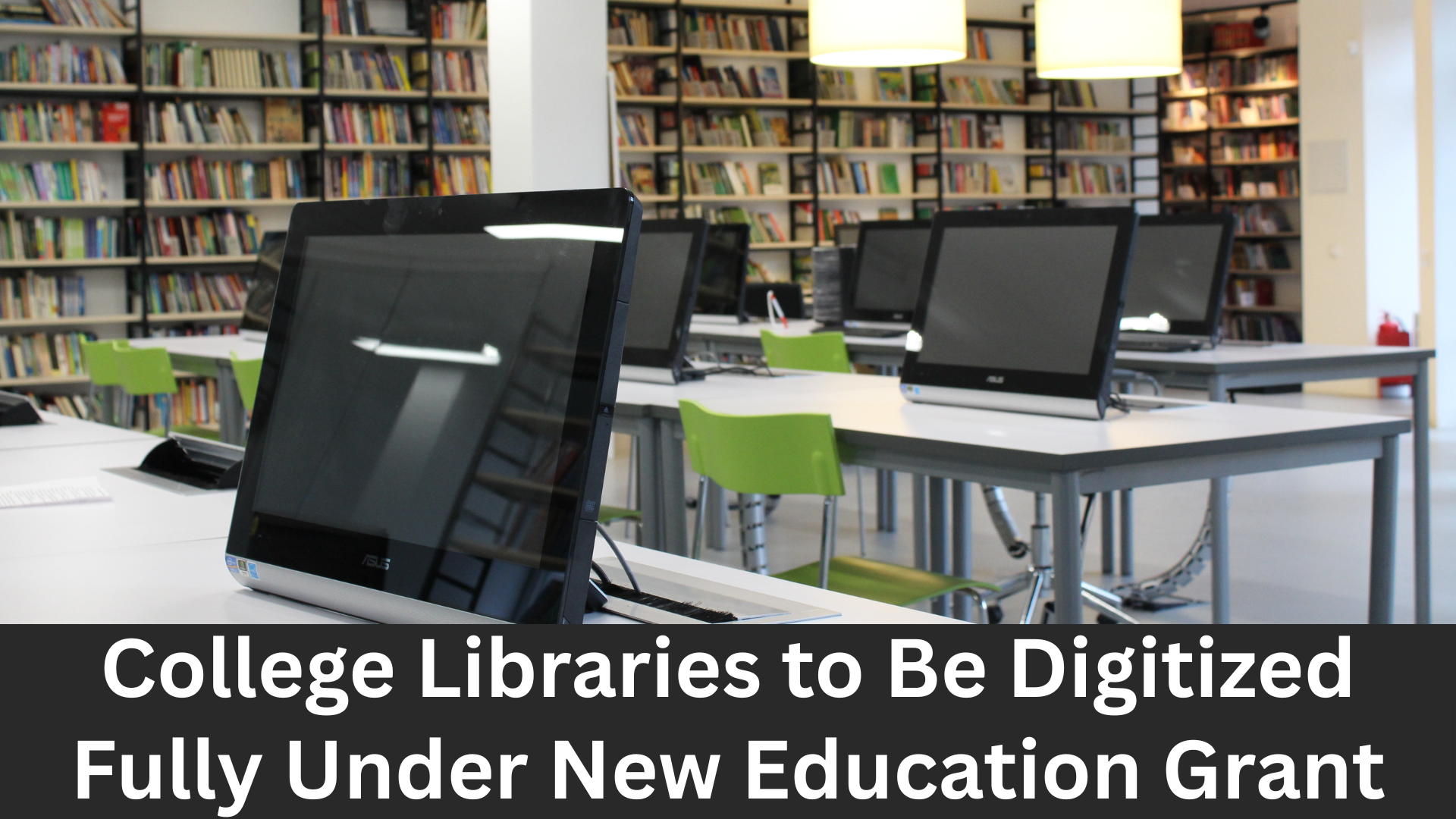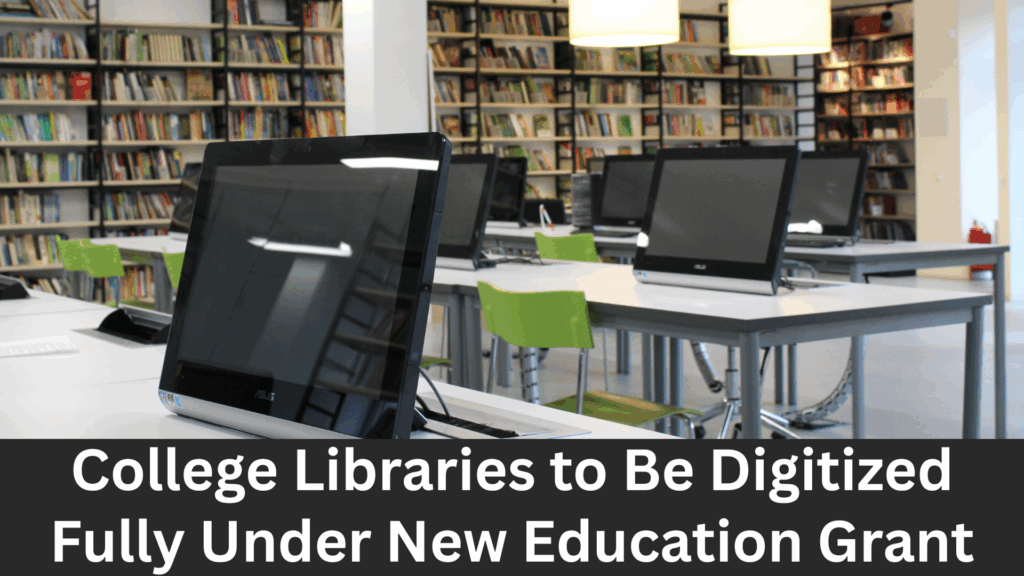Read this article and know in detail about the revolutionizing news wherein College libraries are to be digitized fully under a new education grant.
College Libraries to Be Digitized Fully Under New Education Grant
In a landmark move to modernize academic infrastructure, the Ministry of Education has announced a nationwide initiative to fully digitize college libraries under a new education grant scheme. The project will be implemented across all public universities and affiliated colleges by the end of 2026, with special priority given to institutions in Tier-2 and Tier-3 cities.
This digitization effort is part of the Higher Education Digital Infrastructure Mission (HEDIM) and aims to bridge learning resource gaps, improve accessibility, and foster research through e-library systems, open access platforms, and AI-powered search tools.
Why the Shift to Digital Libraries?
Despite having millions of students enrolled in undergraduate and postgraduate courses, many public colleges still rely heavily on physical books, outdated cataloging systems, and limited reading room access. In contrast, modern digital libraries can host vast collections online, support remote learning, and provide customized search and reading tools.

The shift to digital will help:
-
Expand access to study material across disciplines
-
Save costs related to physical infrastructure and maintenance
-
Enable students in remote areas to access quality content
-
Provide up-to-date journals and research publications
With blended and online education models gaining momentum, the integration of technology into library systems is now considered essential.
Grant Allocation and Implementation Plan
Under the HEDIM framework, the Central Government has earmarked ₹3,200 crore to support digitization across over 1,000 public colleges and universities. Funds will be used for:
| Purpose | Examples |
|---|---|
| Hardware Procurement | Scanners, e-readers, tablets, servers |
| Software Licensing | Library management systems, search tools |
| Subscription Services | JSTOR, Scopus, ScienceDirect, e-books |
| Digitization of Existing Resources | Scanning and archiving rare documents |
| Training & Capacity Building | Librarian upskilling, student tutorials |
Each college will receive funding based on enrollment size, existing digital capabilities, and location-based needs. Institutions with less than 30% digitized resources will be prioritized.
Features of the New Digital Libraries
Colleges implementing the digital transition will offer students access to a wide range of learning tools:
-
Single-login digital library access through institute portals
-
Downloadable e-books and scanned lecture notes
-
24/7 access to academic journals and research databases
-
AI-based search engines for filtering by subject, year, or author
-
Audiobooks and text-to-speech tools for visually impaired learners
Additionally, libraries will have usage analytics to track reading trends, popular subjects, and underutilized content for better resource planning.
Support for Regional Language Resources
Recognizing the need for inclusivity, the digitization drive will include regional language content and translated textbooks, especially for state universities. A portion of the grant has been set aside for:
-
Translate high-demand academic texts into Indian languages
-
Digitize handwritten and legacy content in regional scripts
-
Provide bilingual interfaces for library platforms
This will support linguistic diversity and help students learn in their native languages.
Benefits for Students and Faculty
The full-scale digitization of college libraries is expected to revolutionize learning and research at the undergraduate and postgraduate levels.
Key benefits include:
-
Time-saving access to reference material anytime, anywhere
-
Cross-institutional research collaboration via shared databases
-
Seamless support for remote learners and distance education students
-
Instant access to updated syllabi, reading lists, and journals
-
Opportunities for faculty to contribute e-content and build digital repositories
Faculty members will also be trained in curating digital reading lists and guiding students on digital research methodologies.
Building Future-Ready Institutions
This digitization initiative signals a larger transformation in India’s higher education ecosystem—one that embraces innovation, accessibility, and academic excellence. As digital libraries become the norm, students will be empowered to learn independently, conduct deeper research, and stay globally competitive.
In the next phase, the government plans to create a Unified National Academic Repository (UNAR) where all participating colleges can upload and share resources across institutions.
The full rollout is expected to be complete by December 2026, making India one of the largest digital library ecosystems in the world.
Thanks a lot for reading this post with our portal.





